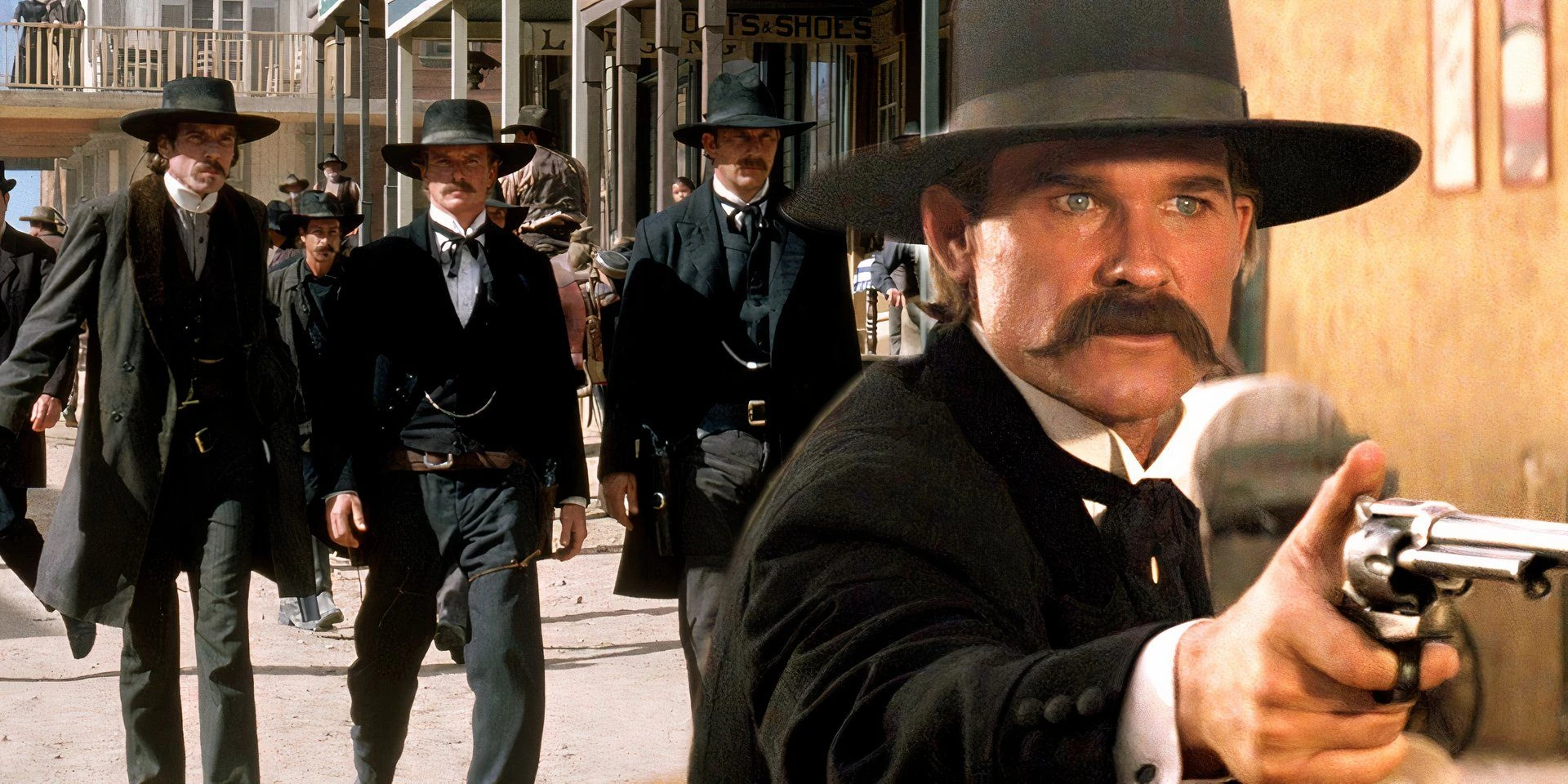Warning: Spoilers Ahead for The Substance
The conclusion of the body horror film The Substance is unraveled by director Coralie Fargeat and stars Demi Moore and Margaret Qualley. Premiering on September 20, the movie tells the story of celebrated actress Elizabeth Sparkle (played by Demi Moore) who uses an illicit drug to create a younger version of herself, portrayed by Qualley. The two are supposed to alternate weekly, but Sue (Qualley) exploits Elizabeth’s fame to rapidly climb the celebrity ladder. By the film’s end, their identities merge into a monstrous form that ultimately disintegrates, leaving Elizabeth to reclaim her star on the Walk of Fame.
Director’s Insight on The Substance’s Ending
In an interview with Entertainment Weekly, Fargeat delved into the film’s climax, explaining that Elizabeth experiences liberation from her physical form. She finally embraces her true self, shedding the anxieties of public perception. Fargeat elaborated that this monstrous transformation is symbolic of the parts of ourselves we often suppress due to societal pressures. The director intended the blood-soaked showroom scenes to prompt reflection among viewers. Here’s more from Fargeat:
The act of confronting the audience with violence is symbolic, reflecting back the harm inflicted by societal expectations. Fargeat emphasized that the audience must confront this violence, as it mirrors the aggression projected onto Elizabeth.
Perspectives from the Stars
Both Moore and Qualley resonated with Fargeat’s interpretation. Moore expressed that Elizabeth’s journey is about transcending vanity, achieving a purity of self. Qualley noted that Sue’s transformation into a monster marks a pivotal moment of self-acceptance, culminating in a genuine plea for love during the climactic live performance. Here are their insights:
Demi Moore:
Margaret Qualley:
What the Explanations Reveal About The Substance
Elizabeth’s Journey to Self-Acceptance
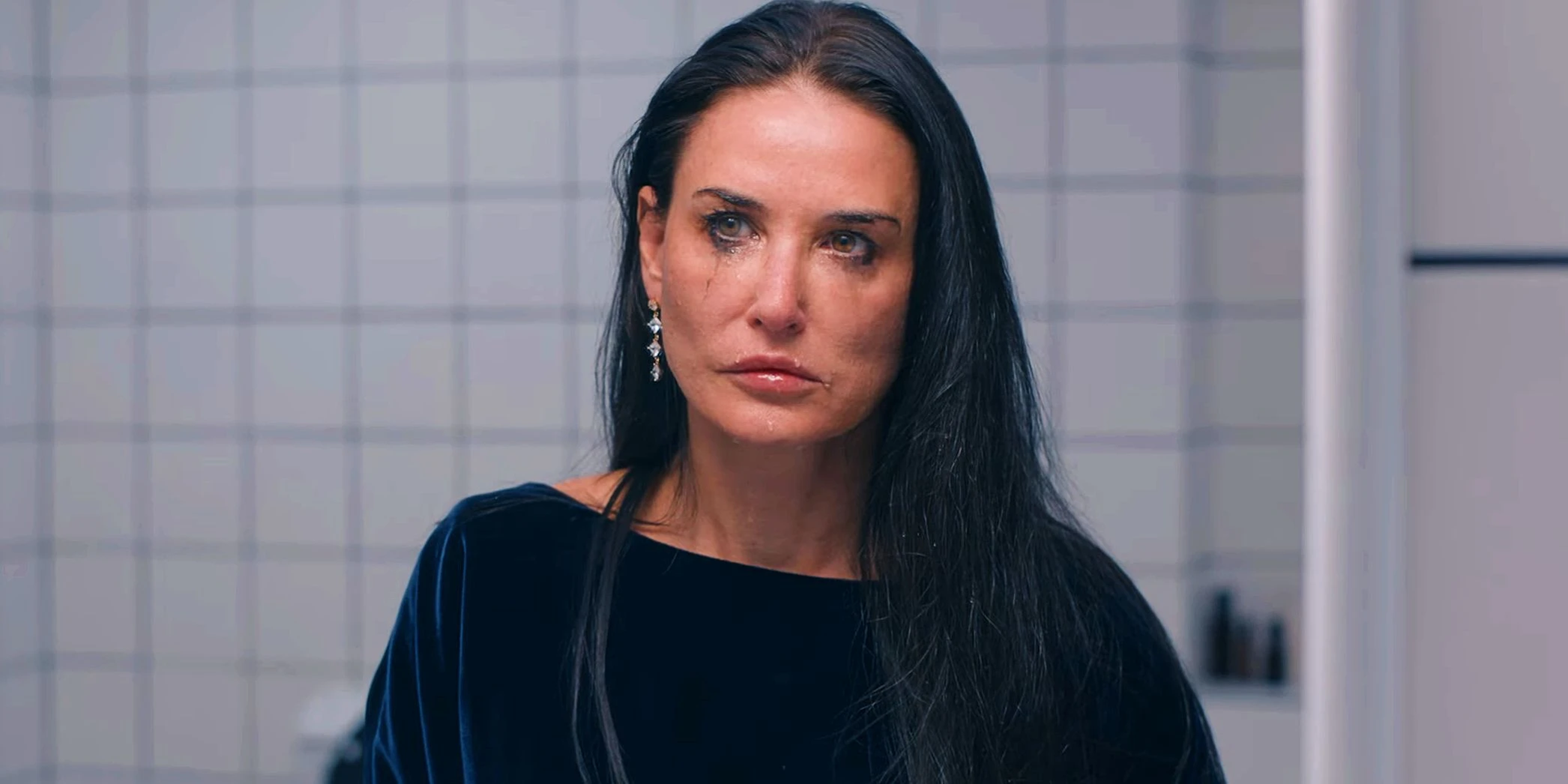
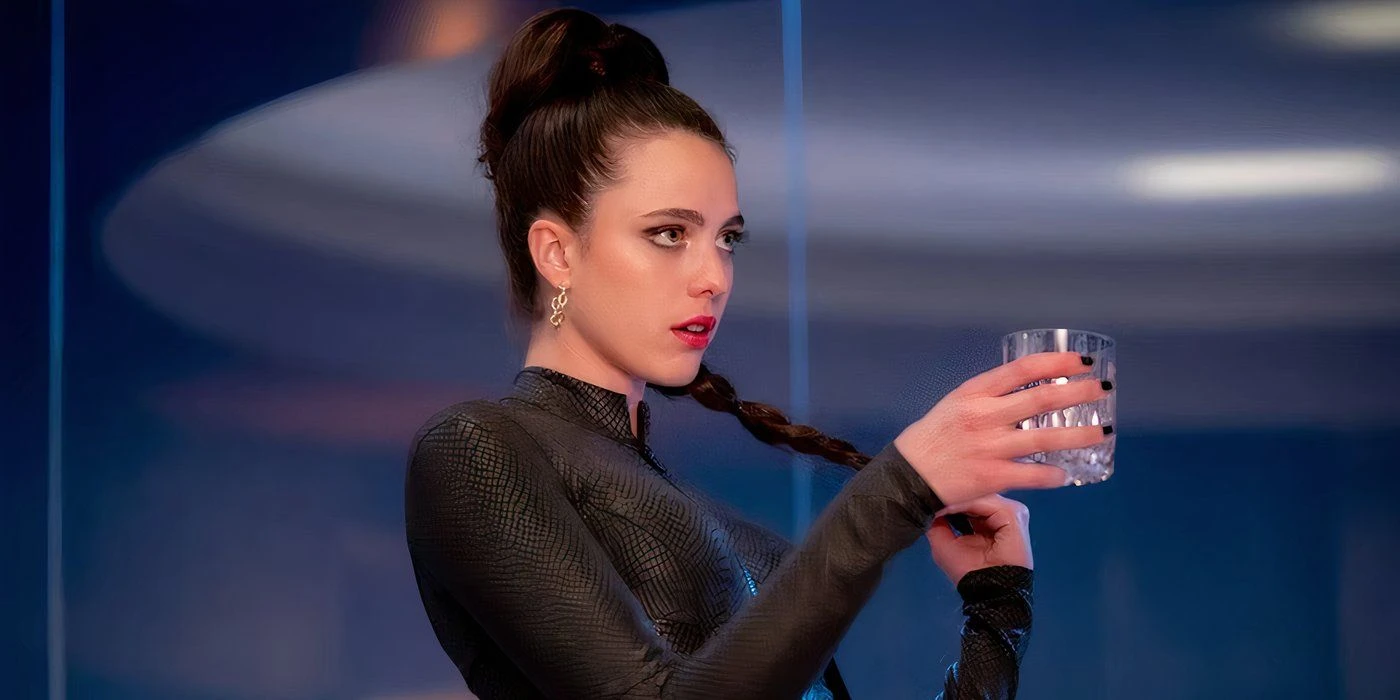
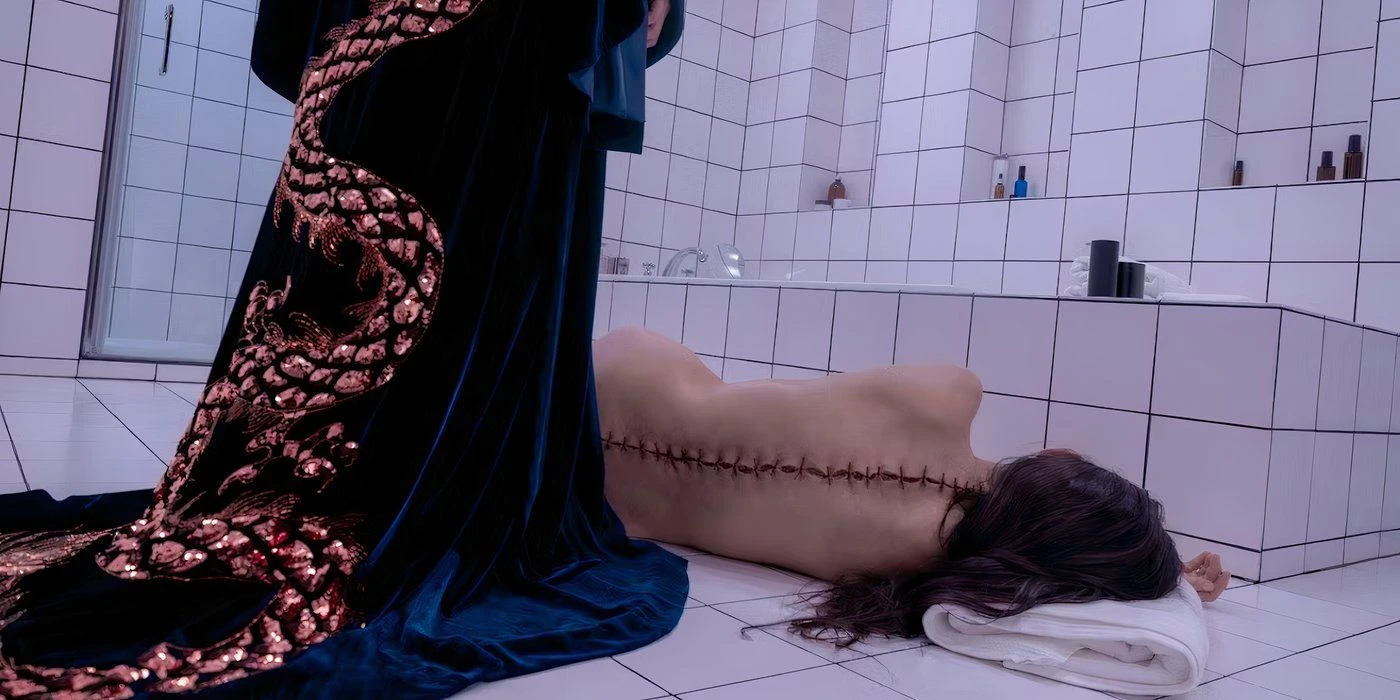
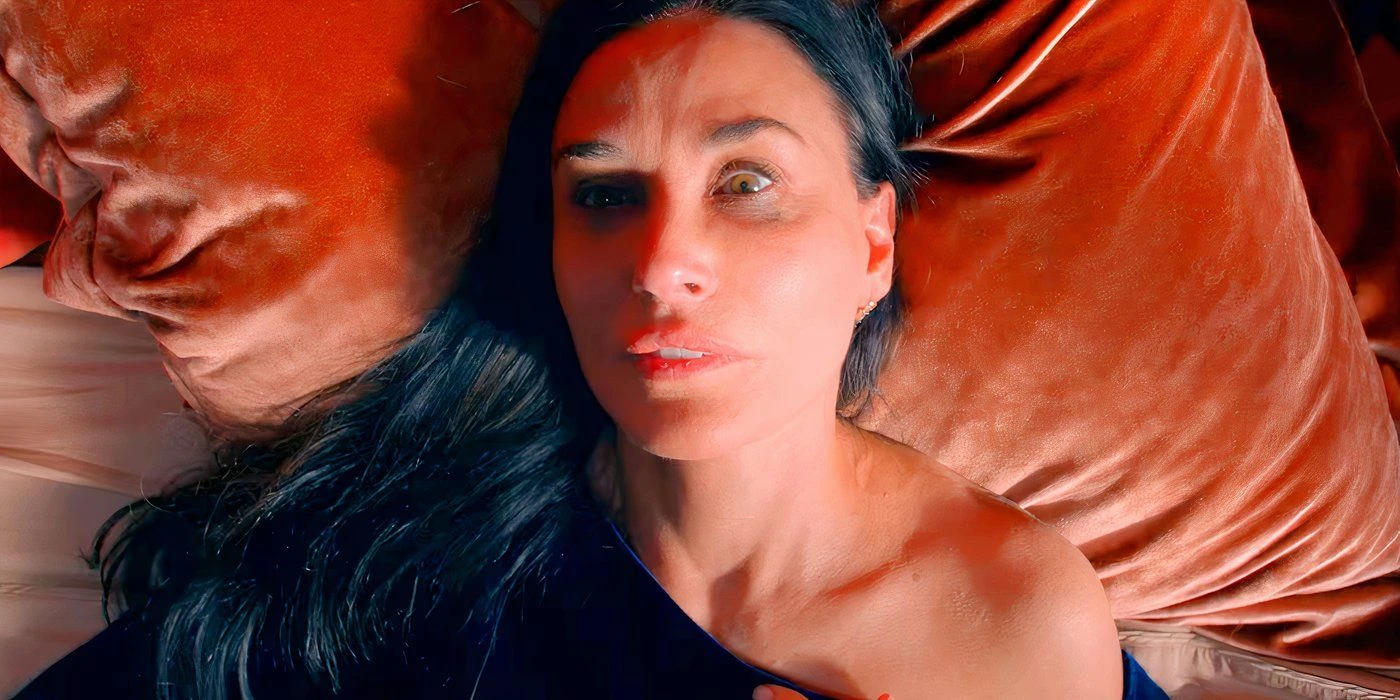

Throughout the film, Sue disregards the guidelines for using The Substance, showing no empathy for the deteriorating Elizabeth. Without the Stabilizer, Sue’s existence is threatened, leading her to commit murder in desperation. In a bid to retain her youth and celebrity status, she reuses the drug despite the physical toll. Ultimately, the film concludes with Elizabeth and Sue merging into a terrifying entity, shocking a New Year’s Eve audience.
Initially, the film reveals Elizabeth’s star on the Walk of Fame, now faded and neglected by the public. As chaos ensues and Elizabeth/Sue is attacked, their joint form disintegrates, symbolizing the impact of Hollywood and societal judgments on Elizabeth’s choices. Despite her declaration of selfhood, the audience fixates on appearance. However, as Fargeat and Moore elucidate, Elizabeth ultimately embraces her identity, reaching her evolved star on the Walk of Fame.
Our Interpretation of The Substance’s Conclusion
The Cost of Elizabeth’s Happiness
The Substance explores themes of aging and self-worth in the context of celebrity culture. The film overtly critiques how the entertainment industry influences personal decisions, such as Moore’s character resorting to The Substance. In the end, when Elizabeth and Sue converge, they still seek validation but are quickly rejected by their former admirers.
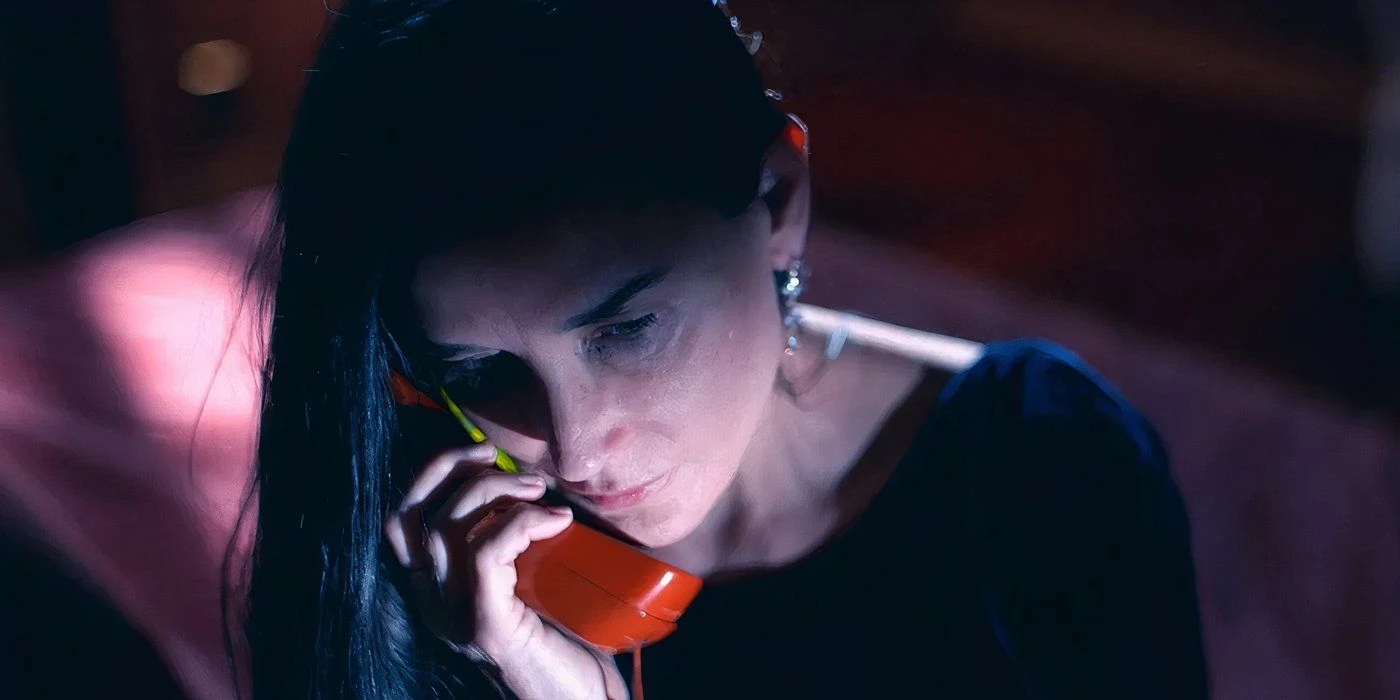
The Substance Review: Superb Body Horror Epic Is A Fearless Takedown Of Absurd Beauty Standards
Elizabeth’s final visit to the Walk of Fame signifies acceptance of her journey. Despite succumbing to fears and external pressures throughout The Substance, she missed opportunities for genuine happiness, whether in her career or personal life.
Source: Entertainment Weekly
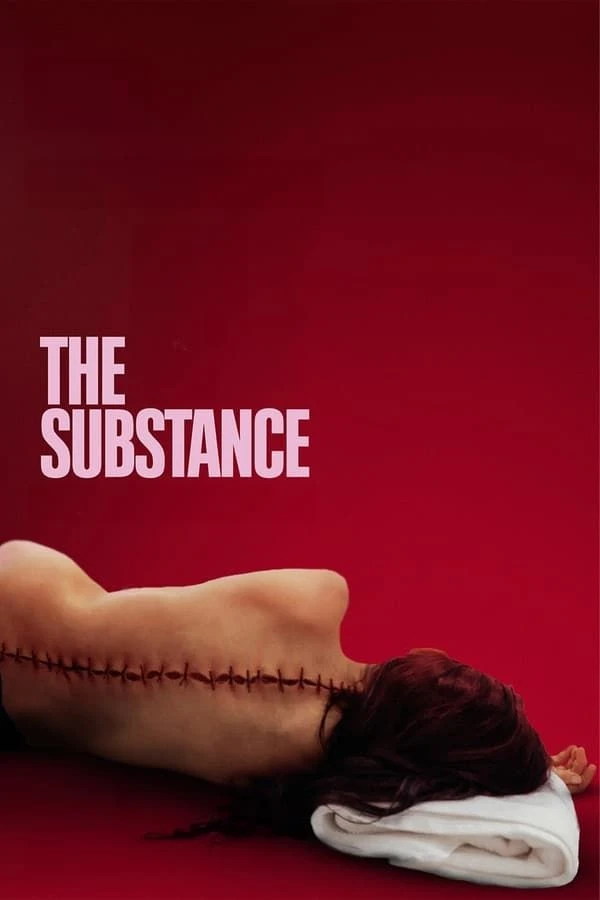
The Substance
- Horror
- Drama
The Substance is a science fiction horror film that follows a group of individuals as they uncover the dark secrets surrounding a mysterious substance with otherworldly properties. As they delve deeper into the truth, they must confront the sinister forces driving its production and the catastrophic consequences that follow.


